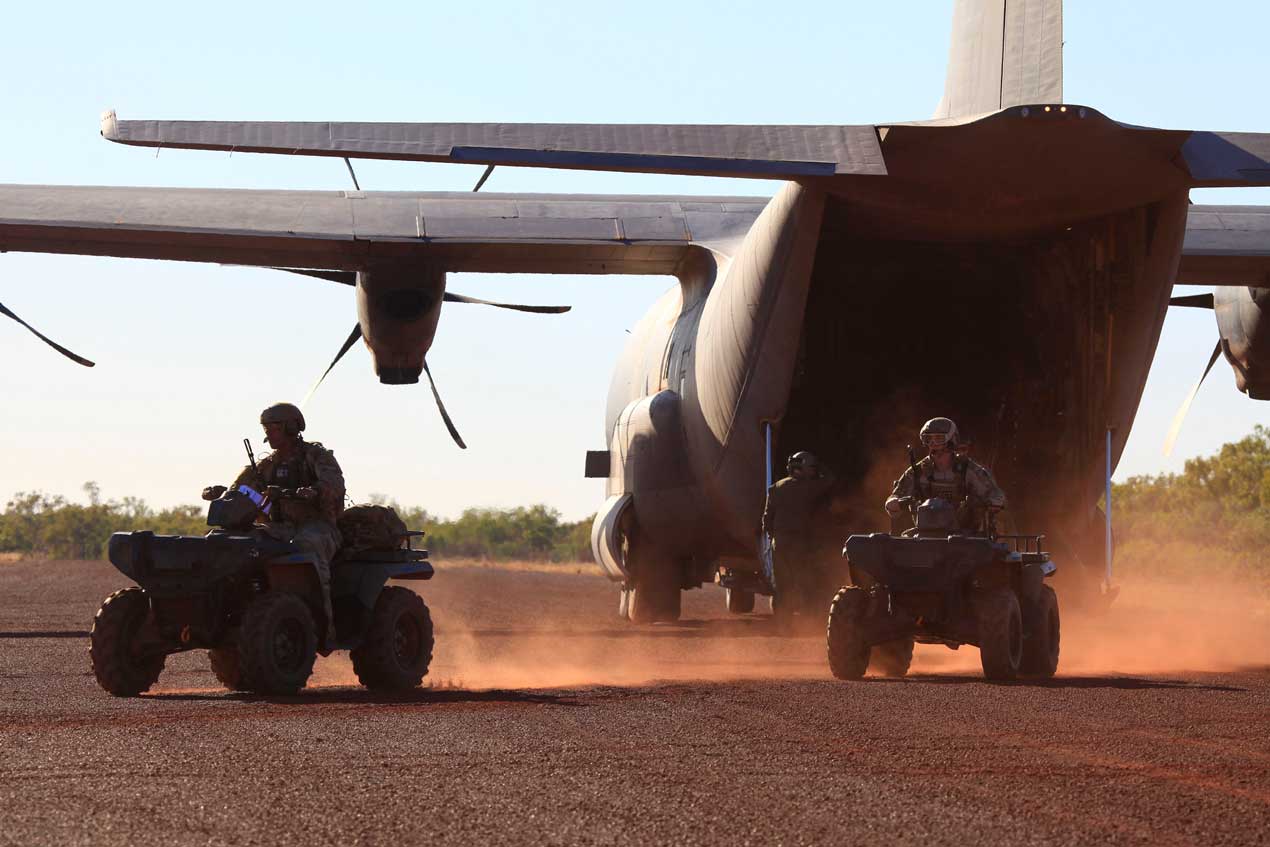Strategies for Writing Winning Defence Tenders
Adopt the mindset of the Army you are supplying in order to write winning defence tenders, says bid writing specialist.
Jason Cooney
15 October 2019

Defence bids and tenders are inherently complex, often extend over a number of years, and are highly competitive. There is a lot that can go right, but also a lot that can go wrong. With the objective being to secure the contract, organisations need to employ a range of strategies in order to win.
Win Themes
For defence tenders, whether large and small, you need to develop win themes, sometimes based on key points of difference at the start of the process. These are essentially what sets your bid apart and why you should be appointed to the contract. This seems simple, however there are some traps any organisation can easily fall into. Firstly, you need to make sure that when developing your win themes, you look from the outside in and not the inside out.
For example, let’s assume you are developing an All-Terrain Vehicle and bidding for a contract to supply the Australian Army. If you are inward focused, your win themes may include the fact that your product is Australian made and manufactured, and you may have developed some unique technology which gives your vehicles a competitive edge.
Both of these factors are reasonable win themes and can be interwoven throughout your tender response. However, when you put yourself in the mindset of the Australian Army, and assess the competitive field, you may identify that there are three other local manufacturers who will be bidding for the contract, and that they all have some kind of unique product attribute.
Furthermore, the Army may have specific requirements around terrain compatibility, and have an urgent need for delivery. In this case, your manufacturing time may be the critical point as well as your ability to further customise the ATV to defence requirements.
A second key point with respect to win themes is to ensure they are interwoven throughout the tender or bid. It is not enough to outline these in the executive summary. You need to be deliberately repetitive to outline and articulate your win themes throughout the bid. This will ensure that should the procurement panel dissect the bid for individual review, they will come out with a clear consistent message and understanding of your proposal.
Finally, as addendums are issued and the bid evolves, it’s not unreasonable for your win themes to evolve also. As long as you take an outside in approach, it’s perfectly acceptable to amend your win themes in line with your understanding of the contract requirements.
Project Managing the Submission
If you want to submit a quality submission, you need to allow time. Time to finesse the bid, to strategise, and to comprehensively respond to each question. That is why project managing the bid process is so important. So how do you project manage a complex defence bid, such as for the construction and supply of a fleet of submarines?
Firstly, you need an executive bid panel that comprises at least five personnel for large bids, and less for smaller bids, to minimise any key person risk. The bid preparation process can span a number of years for larger bids and you need to ensure continuity at a bid lead level.
Secondly, it’s important to establish a bid co-ordination and management team. This will enable the team to enforce deadlines throughout the bid preparation process. This is critical, as there is no point in developing a comprehensive project management plan and schedule if nobody is going to meet the deadlines provided.
Thirdly, it’s important to develop a project management plan with contingencies built in. Things can go wrong in defence bids. Plans change, addendums are issued and your organisation may have other priorities. Within the project management plan it’s important to be realistic about how much time different tasks take. For example, production of the bid documentation usually takes a week if you include printing and delivery. Editing and finessing the final document can take three days depending on complexity, and when your in a joint venture with another company, it can be difficult to gather information.
Finally, it is best practice to have review stages in place. This will help ensure that the bid is on track for completion. Usually these can be in stages ‘Bronze’, ‘Silver’ and ‘Gold’. Either way, it’s important to have people within your organisation that are external to the submission process to review the bid. These reviews need to be built into the submissions process.
ABOUT THE AUTHOR: Jason Cooney is a defence bid and tender writing specialist and the founder of The Tender Team (www.thetenderteam.com.au) and Tsaks Consulting (www.tsaksconsulting.com), both leading tender and bid writing consultancies in Australia and the UK.